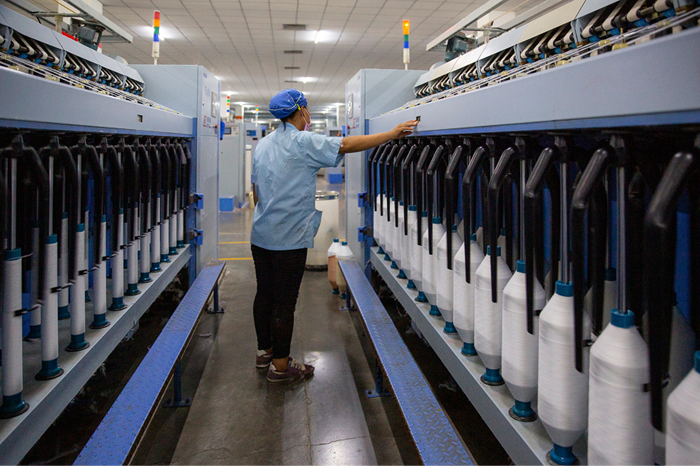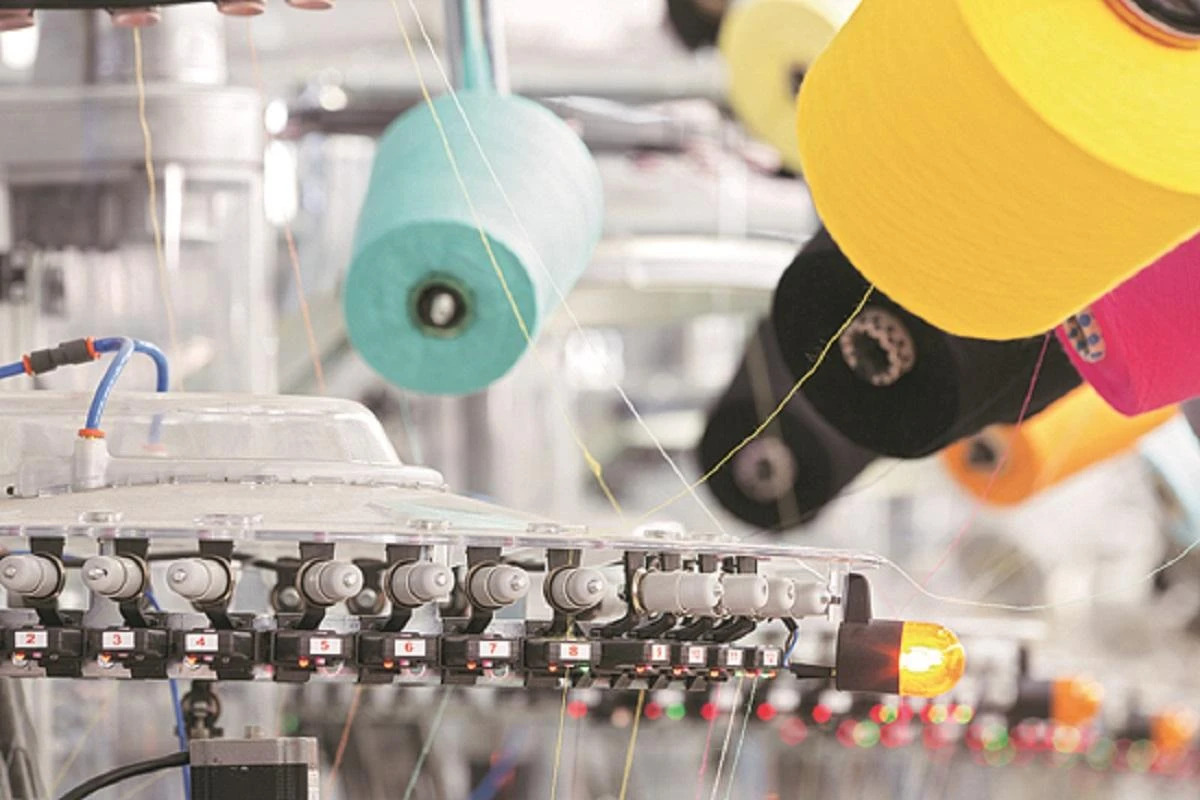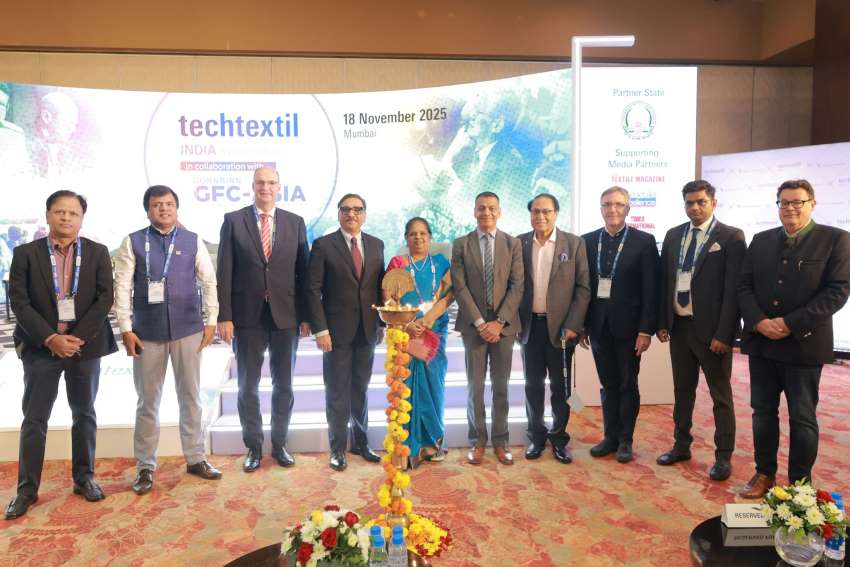The 53rd Dornbirn Man-made Fibers Congress (MFC) took place in Dornbirn, Austria, (September 10-12). The event is still the most important event for the global man-made fibers (MMF) community. It is organized by Austria-based Man-made Fibers Institute and supported by the Brussels-based European Man-Made Fibers Association (CIRFS).
The MFC’s goal was to ‘communicate the future of man-made fibers’. With the current economical and political environment in mind, organizers were afraid that the number of attendees would be much lower compared to the past five record-posting years. However, more than 700 people gathered in Dornbirn. The main topic of the conference was ‘Innovation – Efficiency – Competitiveness’.
One of the highlights of the conference was the presentation from Peter Driscoll, Director, PCI Fibers, UK. Driscoll’s presentation was on ‘Fibers Demand: Mid-term Direction/Long-term Perspective’. He first spoke about world fiber volumes as mill demand. According to him the market is still struggling, with a generous monetary policy as the big factor. Looking at the world fiber demand by region, the situation is quite critical. On the one hand, textile activity in China grew by four per cent in 2013, but activity is estimated to edge up just two per cent this year. In contrast to this, activity in the rest of Asia grew by seven per cent in 2013, and Driscoll expects that Asia will add another four-percent-growth in 2014.
China’s share of the global textile industry peaked in 2012-13 at 52 per cent; however, its loss of share long-term is very gradual. On the other side the forecast, its share is estimated to be 49 per cent in 2030. Over the five-year-period from 2010-15, mill demand in China is estimated to grow 3.2 per cent per year, but in the rest of Asia it will be 4.4 per cent, even though countries such as Japan, Korea and Taiwan will show further decline. The growth in the rest of the world is estimated at just at 1.8 per cent per year.
In the case of polyester staple however, according to Driscoll, a distinction has to be made between large-scale modern plants aimed at producing short-staple for yarn-spinning, and the smaller batch plants using polymer chip or recycled bottles as feedstock. These smaller plants could be stopped in times of low demand and started depending, for example, on seasonal demand for fiberfill. Driscoll mentioned that it could well be that the larger plants might currently be running at 70-75 per cent, while the smaller ones, at least in China, would only run at 50-60 per cent of capacity.












